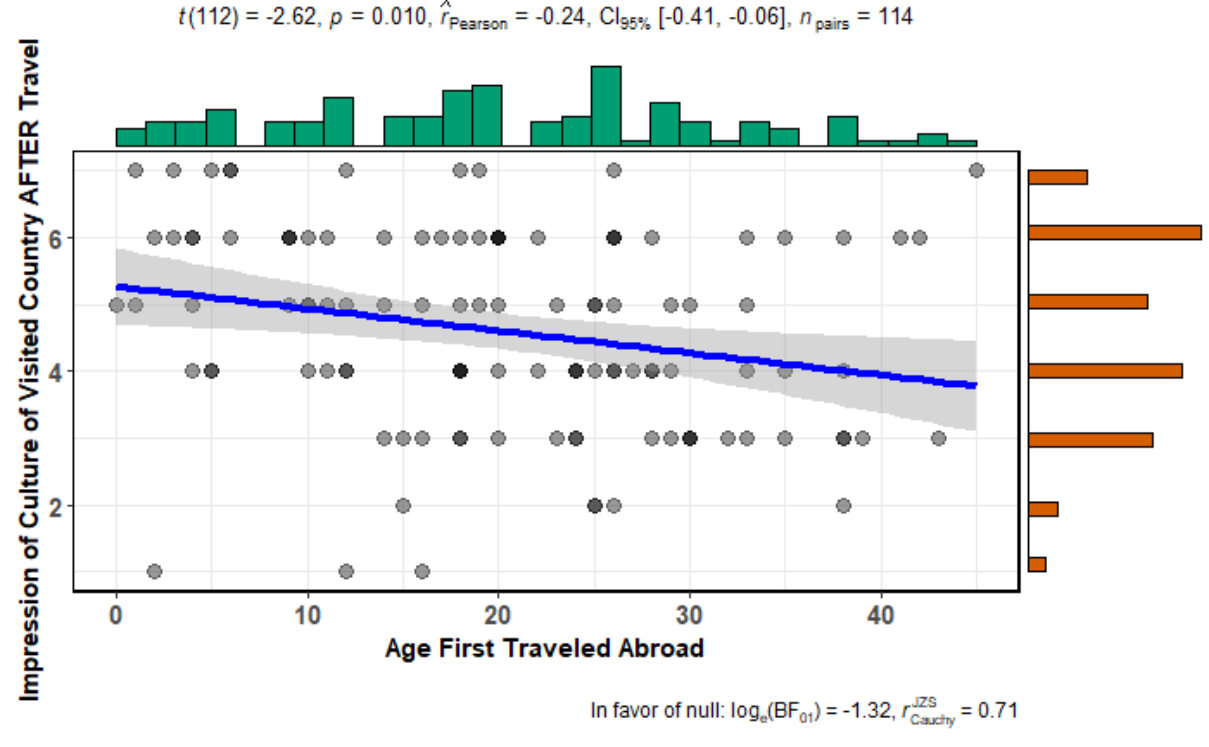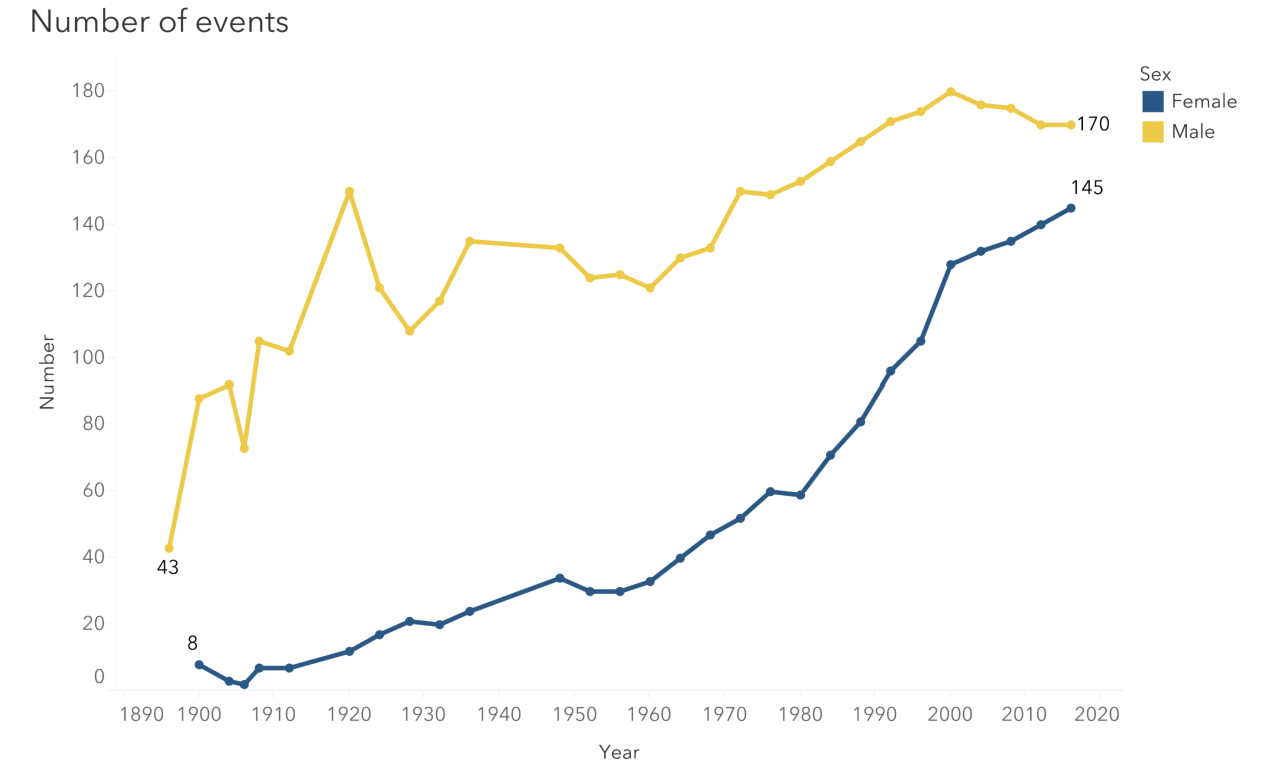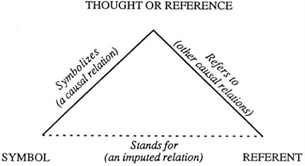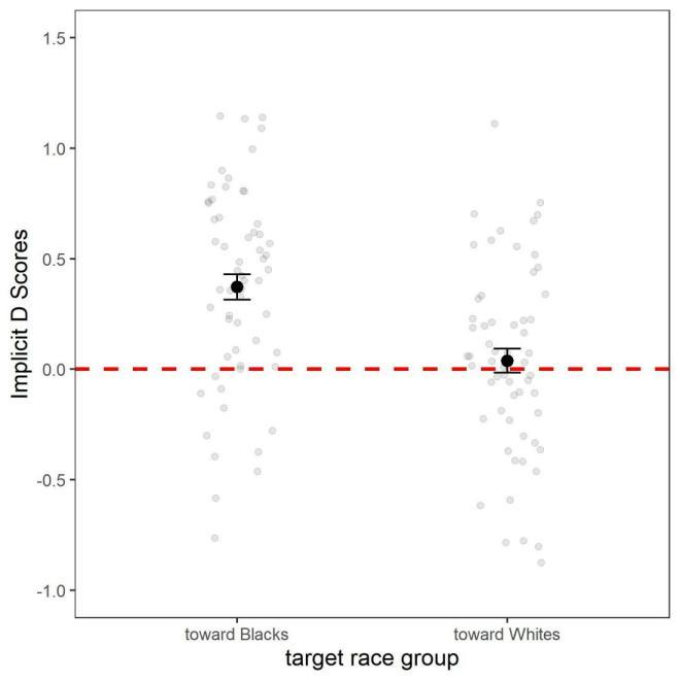

Volume 1
Published on December 2021Volume title: Proceedings of the 2nd International Conference on Educational Innovation and Philosophical Inquiries (ICEIPI 2021), Part 2
1950 is a very special period for the development of feminism in both China and the West. The People’s Republic of China was just established and the West was experiencing the second wave of feminist. However, the feminism in these two areas developed in different ways, that Chinses feminism is the “state feminism” while the West is “liberal feminism”. This kind of difference results from the different social environment, especially the political policy in China and the West. The Communist Party of China took feminism as a tool to consolidate socialist construction, so it launched the feminist movement from top to bottom. The second feminism in the West is a bottom-up movement for women to fight for their own rights and interests, and they use magazines and other mass media as a means of struggle. By comparing the difference of the feminism in China and the West, the flaws of these two kinds of development of feminism could also be shown.

 View pdf
View pdf


Since deconstruction has become the key concept of postmodern times, we have faced the phenomenon of digital reality, yet not fell completely under the that paradigm of deconstruction. There is still undecided status and destiny of traditional philosophy, as a unique way of perception and reflection - not in terms of applied methodology in comprehension of new digital world, but the very possibility of philosophy itself. This paper addresses the recent essential trend of social transformation toward quantified and digitalized mode in relation to very necessity of philosophical thought. The most praised and welcomed digitalization of every aspect of social and private life, leaves no territories for classic abstractions and reflections. Moreover, the transgression of digitalization is virulent in nature, considering virus - both cyber or biological - as an accelerator to virtualize the reality completely. By thus, virulence terminates the logic of being, the logic as a very background for philosophy. Given mentioned two trends - quantifying equalization and illogical virulence of recent cyber world, I argue for impossibility for abstract thoughts and notions to be shaped under new e-environment, so philosophy is no more of demand and destined to disappear. Thus, postmodern deconstruction, shaped up by cyber transgression still is an issue in process we have to leave with.

 View pdf
View pdf


This paper analyzes the gender narratives in left-wing films produced during 1930s through the feminist perspective. Specifically, it explores male intellectuals’ gender narratives in these films and how these narratives act as an ideological resource that was instrumental in constructing the subject identity of the proletariat and the national identity under the background of Second Sino-Japanese War. Unlike male intellectuals that were depicted as the propagator of new ideas and the torchbearers of the masses during 1910s-1920s, male intellectuals in the left-wing films of 1930s predominantly featured as playing second fiddle to the proletariat and their dominant roles in the New Culture Movement began to diminish. Subsequently, male intellectuals within left wing cinema were featured as a group that needed to be changed and educated by the proletariat and too, were dependent on the proletariat for their cultural and moral liberation.

 View pdf
View pdf



This study focuses on researching the relationship between travelling and travelers’ openness and impression toward the local culture afterwards. The relationship was measured through a survey evaluating participants' background and travelling experiences. A conclusion was drawn from the survey that travelers’ travelling at a younger age, longer duration, and had more interactions with locals have a higher openness and a more positive impression of the travelled country.

 View pdf
View pdf


This paper illustrates the changing of Magic Lantern’s Chinese name after its landing in China. Magic Lantern, as an ancient precursor of the modern cinema, experienced a long-term development that plays an increasingly important role in our modern life. The change of its Chinese name shows the Chinese perception of this apparatus. People neglected the alternative paths of “cinema” when the cinema becoming into an entertainment stereotype for the public. This paper will look back to the beginning of the perception history of this apparatus, rethink the history writing method, and try to discover an alternative approach to understand cinema.

 View pdf
View pdf



The These days, with the progress of women’s status, female athletes have played a more positive role in modern women sports, especially in women's participation in the Olympic Games. It is generally argued that the degree of women’s participation in Olympics Games denotes a sign of gender equality progress. Women do not only take their participation number and events in the Olympic Games as a measure of the gender progress in the field of sports but also tend to have a louder voice in decision-making. This article examines how the rising of women’s status gradually result in broader participation in Olympic Games by measuring the number of events and the distribution of medals among different countries for male and female competitions and the higher degree of women’s participation in IOC (International Olympic Committee). In fact, with the awakening awareness of gender equality, this research method can also employ in a wide range of fields in the future.

 View pdf
View pdf



The media has, for decades, been a tool through which the objectification and sexualization of women have been perpetuated. The research question pertains to whether East Asian magazines also encourage the perception of women as sexual objects. This research investigated four East Asian magazines, namely, VIVI, Korean Allure, Chinese Beauty, and Chinese ELLE, using the semiotic analysis to determine the extent to which the cover models’ clothing style and make-ups were used to sexualize and objectify East Asian women. Although some countries like Korea have tried to eliminate women's fetishization, others still insist on promoting sexualized images of women to protect their magazine sales and because of the power of the male gaze. The author argued that fashion magazine should be used more efficiently as a platform where women are empowered to express themselves outside the stereotypical sexualization and objectification of women perpetrated by the male gaze.

 View pdf
View pdf


Luhrmann’s movie version of The Great Gatsby has caused many discussions and debates in the area of literary analysis. This paper would argue that Luhrmann manages to gain commercial success in the film. While the director recreates the scenes that demonstrated color symbolism, the color symbolism suggests different meanings from the book; and that is because the director changes certain important plot in the book, which exaggerates Gatsby’s pure love to Daisy at the expense of undermining the complexity of Gatsby’s character and his American Dream that based on materialism. With the help of secondary sources, this paper will expand on analyzing how color symbolism, which includes the green light and the main characters’ clothes, illustrate different themes between the book and the movie.

 View pdf
View pdf


This article mainly studies how street culture influences luxury brands. Modern luxury brands want to meet the changing needs of consumers around the world. While maintaining product permanence and heritage, it is also beginning to generate the pursuit of specificity or specific services. There is a link between street culture and the luxury industry that cannot be ignored. By reading the literature and materials, and adopting rrchival research in this paper. And analyze from the perspectives of Marketing strategies, Marketing model, and supply and demand. It is not difficult to find that the street culture has changed the luxury goods from various aspects through the uniqueness of its creation.

 View pdf
View pdf



Race and race-related issues are pervasive in the United States, causing detrimental consequences at individual and societal levels. Not only in the United states, racial conflict also exists in racially homogeneous countries, such as China, given the rising economic development and cultural communications between Chinese society and other nations. The present article aims to reveal the development of racial attitudes among Chinese adolescents and adults. We assessed implicit and explicit racial attitudes toward Black and White people among 60 Chinese participants (M age = 18.04; 34 female). Participants’ implicit racial attitudes were measured via an Implicit Association Test (IAT), and their explicit racial attitudes were measured via an explicit scale. We found that Chinese adolescents and adults displayed both implicit and explicit racial biases against black people; however, they did not show implicit or explicit racial biases against white people. We also found that participants’ implicit and explicit racial biases were not affected by their age or gender.

 View pdf
View pdf




